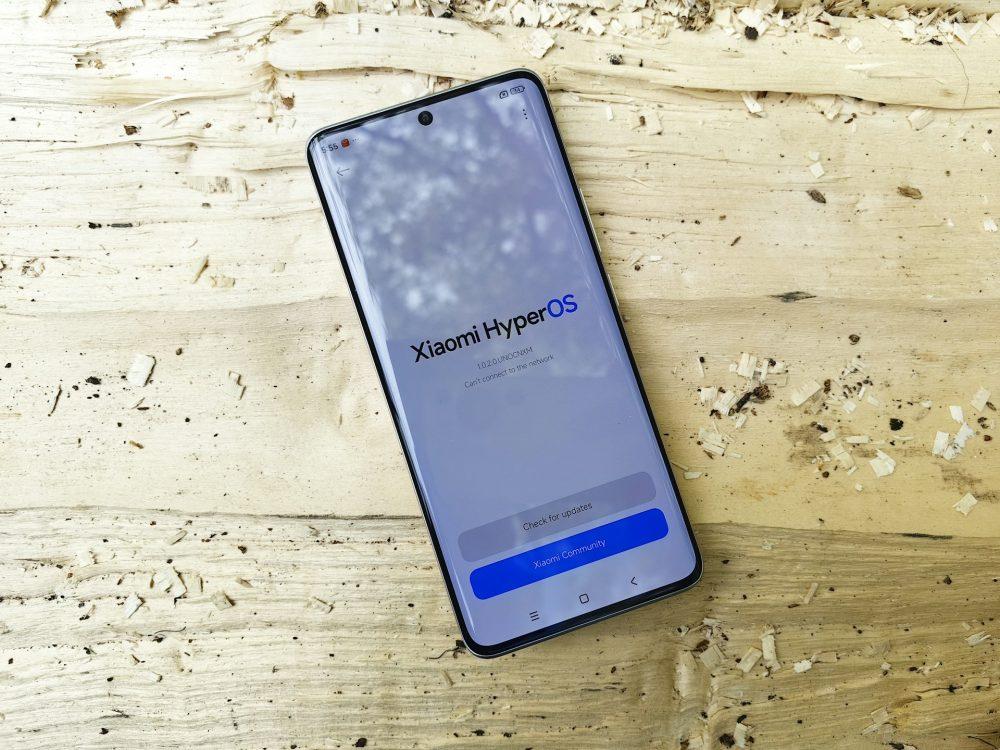Google tipster Mishaal Rahman found new Archived APKs feature inside Android 13. Archiving the app instead of uninstalling it removes parts of it instead of deleting all the data, thus reducing the storage space occupied by the app. Since user data is not deleted during archiving, it allows you to continue where you left off when the application is downloaded again.


Developers building their apps with Android Gradle Plugin 7.3 will soon have a new type of APK created for them, called “archived APK”. This “archived APK” will be created through an updated version of the package tool, the tool that converts application packages to APKs distributed to devices. While Google says it will start creating archived APKs now, it says these APKs won’t be functional until archiving functionality becomes available to consumers later this year.Google says users can archive an app instead of uninstalling it and they put a setting for it. Google didn’t give many details about what this feature will look like. However, since the feature is expected to be available this year, there is a possibility that it may come with the Android 13 version.
How Archived APK works?
Android apps are distributed inside APKs, which are basically ZIP files with a custom structure. Inside, they contain the code of the application, its resources, libraries, some metadata and other things. The size of the app depends on what’s inside the APK, and if there are large and many files such as images, videos, audios, the app may take up a lot of space on your device. Creating an archived apk removes the files needed for the app to run from the phone’s storage, except for user data. In this way, when the application is downloaded again, the application resumes because user data is still stored.
Developers building their apps with Android Gradle Plugin 7.3 will soon have a new type of APK created for them, called “archived APK”. This “archived APK” will be created through an updated version of the package tool, the tool that converts application packages to APKs distributed to devices. While Google says it will start creating archived APKs now, it says these APKs won’t actually be functional until the archive functionality becomes available to consumers later this year.
Google Play downloads the required parts of the app to get the archived app up and running. These APK pods can be installed over the archived APK as they are all signed with the same app signing key and must have the same version code. Once these APKs are installed, the user picks up where they left off as their data is never deleted when they archive the app. This functionality is already available on iOS. Interestingly, Google has made this functionality open-source, allowing developers to inspect the code and possibly use this on other app stores. With this feature, the size of unnecessary applications can be reduced, large applications can use less storage space on the phone, or it can be easier to free up space for smartphones with low storage space. There’s a positive side to it, and there’s a downside. Although compressing the application reduces storage space, it is necessary to download the application again in order to use it again. These possibilities depend on the development of the application archiving feature.






